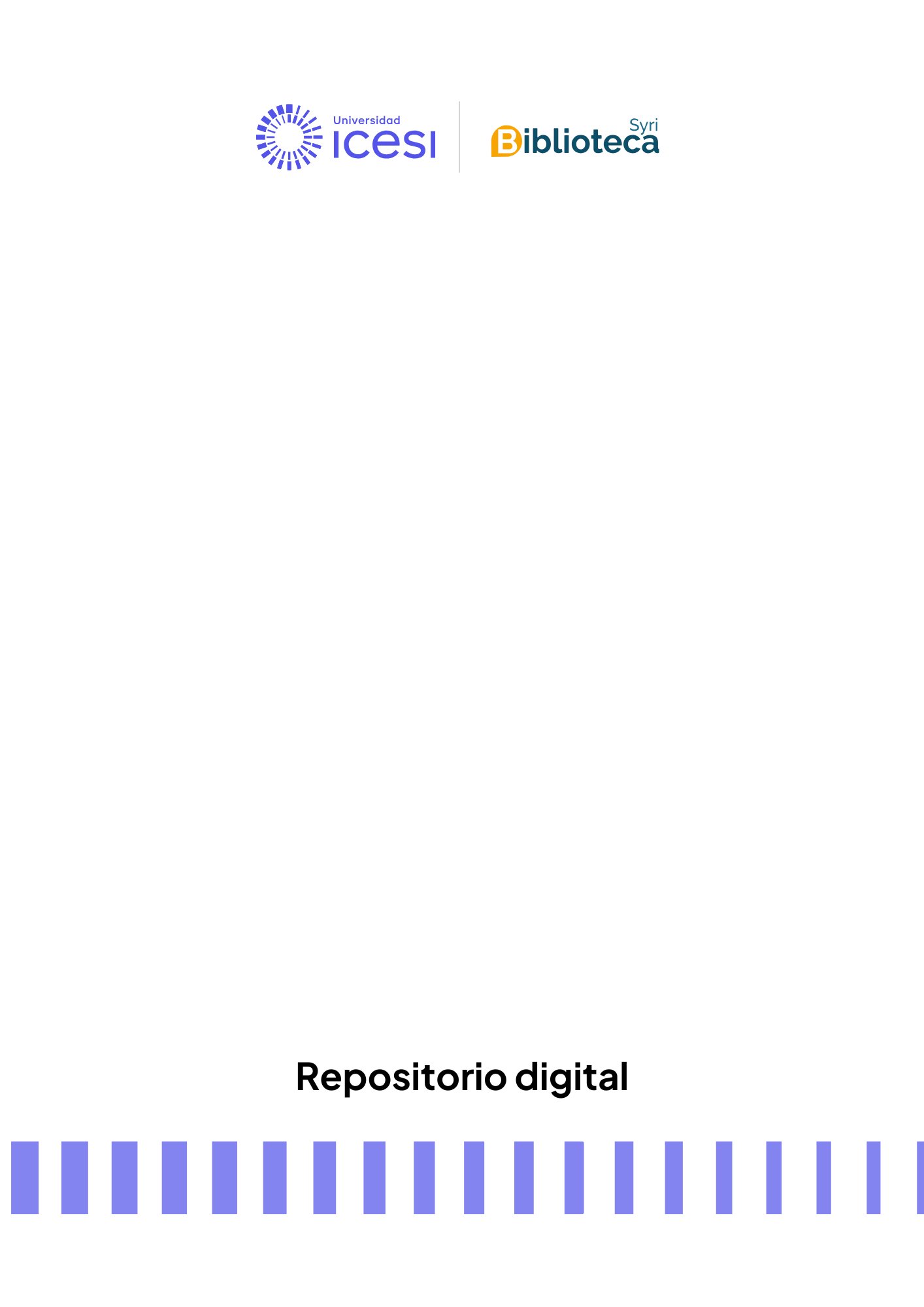Phlebotomine vector ecology in the domestic transmission of American cutaneous leishmaniasis in Chaparral, Colombia.

Archivos
Fecha
Autores
Director de tesis/Asesor
Título de la revista
ISSN de la revista
Título del volumen
Publicador
Editor
Compartir
Resumen
Abstract
Phlebotomine vector ecology was studied in the largest recorded outbreak of American cutaneous leishmaniasis in Colombia in 2004. In two rural townships that had experienced contrasting patterns of case incidence, this study evaluated phlebotomine species composition, seasonal abundance, nocturnal activity, blood source, prevalence of Leishmania infection, and species identification. CDC miniature light traps were used to trap the phlebotomines. Traps were set indoors, peridomestically, and in woodlands. Natural infection was determined in pools by polymerase chain reaction-Southern blot, and blood sources and species identification were determined by sequencing. Large differences were observed in population abundance between the two townships evaluated. Lutzomyia longiflocosa was the most abundant species (83.1%). Abundance was higher during months with lower precipitation. Nocturnal activity was associated with human domestic activity. Blood sources identified were mainly human (85%). A high prevalence of infection was found in L. longiflocosa indoors (2.7%) and the peridomestic setting (2.5%). L. longiflocosa was responsible for domestic transmission in Chaparral.

